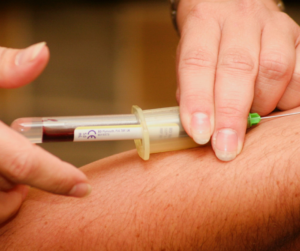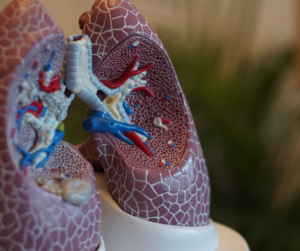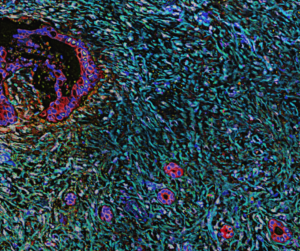Faith Mutale, MSN, CRNP | Feb 10, 2021 8:17:51 AM
Although risk factors for squamous-cell cancer of the head and neck (SCCHN) have been identified (e.g., tobacco use, alcohol use, human papilloma virus [HPV] infection), the impact of social determinants of health (SDH) in patients with SCCHN has been poorly characterized. Moreover, population-based studies assessing this question have been lacking.
Pike and colleagues (2020) designed a study to characterize the relationship between SDH, race (white or nonwhite), HPV-status (negative or positive), and outcomes in SCCHN. The Surveillance, Epidemiology, and End Results (SEER) database was used to identify patients diagnosed with locally advanced SCCHN between 2013 and 2014. With a total of 4,735 people included in the analysis, this was the largest population based study evaluating the impact of SDH in people with HBV-associated SCCHN conducted to date. A main finding from this study was that nonwhite patients with HPV-positive oropharyngeal SCCHN had poorer outcomes and were at higher risk for cancer specific mortality (CSM) compared to their white counterparts. Moreover, the worse CSM outcome in these nonwhite patients persisted even after adjusting for SDH confounders (e.g., insurance status, household outcome). The authors suggested this poorer CSM among nonwhite patients might be due to inferior access to care, inadequate access to screening programs, lower rates of definitive therapy among African Americans, and possible unknown genomic factors.
This work by Pike et al. is important. Firstly, the inclusion of SDH in this study highlights the importance of, and the negative impact that these factors have on patients with SCCHN. The question, however, is whether these findings are ‘meaningful’ for clinical practice if there are no strategies to mitigate these factors. In the US, SDH are key drivers and account for 80% of healthcare outcomes (Bradley & Taylor, 2013). The findings in the study by Pike et al are unlikely to change if minimal attention is paid to SDH. Therefore, these findings call for strategies to be directed at the flaws in the current healthcare system to change the paradigm of care from disease management to prevention; this is not an easy undertaking.
Secondly, in addition to the SDH, the question that needs to be answered is whether providers treat nonwhite patients with SCCHN differently from their white counterparts resulting in disparate outcomes. Inequalities in healthcare related to provider bias are not uncommon and are often based on negative assumptions. A New England Journal of Medicine (NEJM) article by Hardeman and colleagues (2016) describes how “most physicians are not explicitly racist however… they operate in an inherently racist system and that individual implicit bias by providers can affect how patients are treated.” While identification of SDH is important in the care of patients with SCCHN, meaningful strategies to improve outcomes in this population should prioritize factors related to SDH and address provider bias.
References:
Bradley, H. E & Taylor, A. L. (2013). The American Healthcare Paradox: Why Spending More Is Getting Us Less. https://yaleglobal.yale.edu/american-health-care-paradox-why-spending-more-getting-us-less
Pike, R. G. L., Royce, J. T., Mahal, R. A., et al (2020). Outcomes of HPV-Associated Squamous Cell Carcinoma of the Head and Neck: Impact of Race and Socioeconomic Status. JNCCN, 18(2): 177-184
Hardeman, R.R., Medina, E.M, & Kozhimannil, K.B. Structural Racism and Supporting Black Lives — The Role of Health Professionals. New England Journal of Medicine, October 12, 2016.

Faith Mutale, MSN, CRNP
Abramson Cancer Center, University of Pennsylvania – Philadelphia, PA







